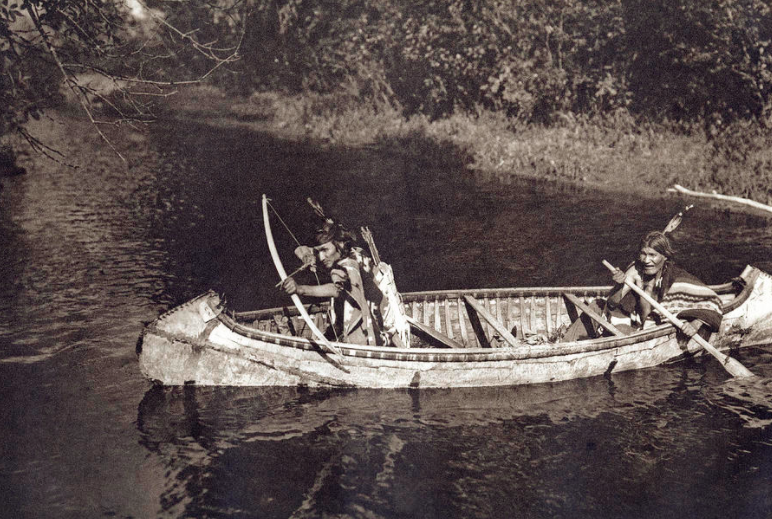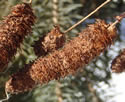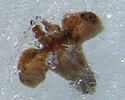Paper Birch (Betula papyrifera):
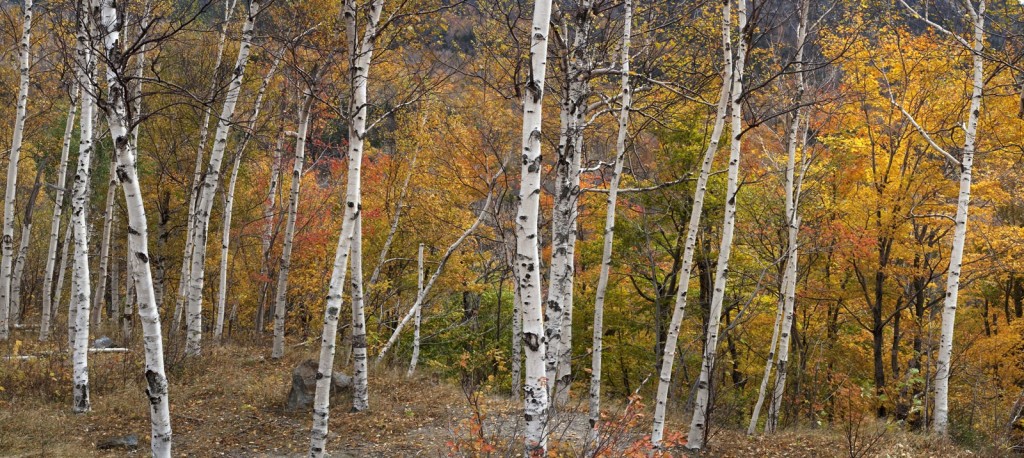
The Paper Birch is native to Northern North America.
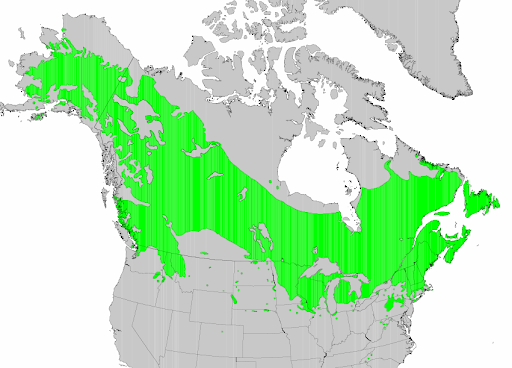
The paper birch is one of the most well-known trees due to its signature paper-like bark and the bright orange color of its leaves during the fall. The bark of the paper birch starts to curl and peel when it has reached maturity, which takes about 20 years. The paper birch is classified as a fast-growing tree and grows up to 1.5 feet per year, reaching heights of 30-40 feet. In the first decade of growth, a young paper birch tree will have bark that is smooth and brown. After that it begins to turn white as it matures.
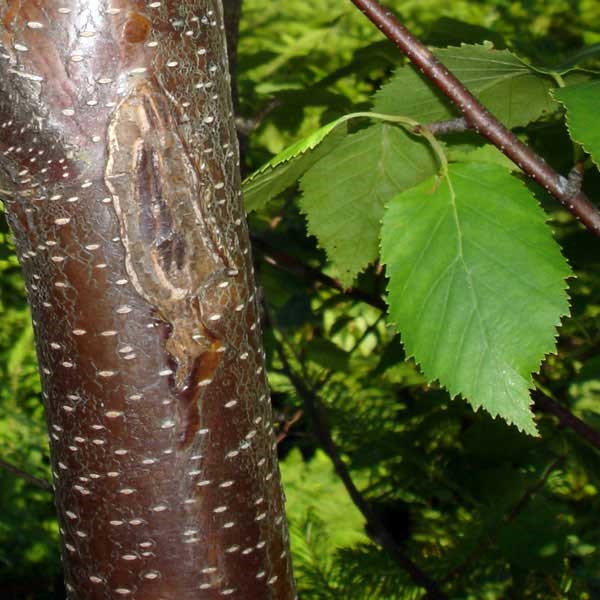

The leaves of the paper birch are larger at the base and then taper off. The birch tree has both male and female flowers present on the same plant. The flowers are called catkins and under close examination one can differentiate between the male and female structures. Male catkins hold pollen and are on the very end of twigs. In the winter they point upwards, and in the spring they droop down. Both male and female catkins are light green, but the female flowers are visibly shorter than their male counterparts and stand upright at maturity. When they are pollenated, the female catkin will become reddish brown.
https://www.ag.ndsu.edu/trees/handbook/th-3-105.pdf
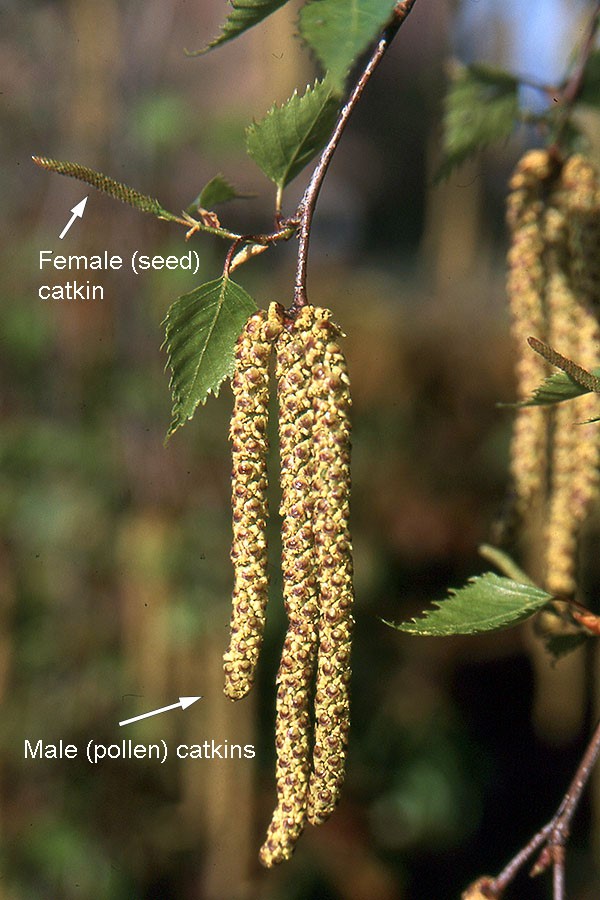
The paper birch has held significant meaning to populations in Minnesota dating back to the Ojibwe and Dakota tribes that originally inhabited the land. The paper birch was of vital use to Native Americans and was used medicinally, practically, and artistically. The Ojibwe word for the paper birch is “wîgwas,” which is related to the term wigwam. This is an indication of the first use of the paper birch, which was as a structural component of wigwams. Wigwams are large domed structures used as dwellings, and the bark of the paper birch was used to cover the tops of wigwams to waterproof them. The bark of these trees is a gift from Winabojo who is a spirit in a sacred Ojibwe legend. It is also said that birch trees cannot be struck by lightning, so one can take shelter under a paper birch during a storm. Due to the sacred nature of this tree, each time the bark is harvested, an offering of tobacco is made to Winabojo and grandmother earth in thanks.
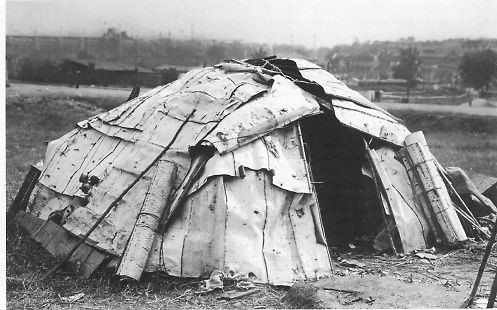
The rest of the tree was used practically in building canoes, buckets, and baskets. The roots of the paper birch were used for medicinal and culinary purposes. It has a sweet, aromatic, and wintergreen flavor that can mask other, more unpleasant, tastes in dishes. The root bark was cooked with maple sugar to alleviate stomach cramps. Artistically, the inner bark of the young paper birch was boiled to make a reddish dye.
